5G mmWave Radar Giant Leap: the Development of Non-contact Vital Signal Detection
POSTED ON JULY 6, 2021 BY TMYTEK
University of Hawaii Published Two Papers on COVID-19 Detection and Sleep Apnea Test with TMYTEK mmWave Solutions
Abstract
In medicine, preliminary assessments of symptoms and diseases such as infectious diseases and physical/mental disorders require basic vital signals such as heartbeat, respiration, blood sugar, blood oxygen, body temperature, etc. To detect the recent outbreak of COVID-19, in addition to body temperature monitoring, vital signals such as respiratory rate and heartbeat are also the essential indicators. Moreover, to monitor patients' sleep stages, it is inevitable for patients with sleep disorders to put on various wearable devices. Thus, the above extends several critical issues:
● Is it possible to measure different biomedical signals quickly?
● Is it possible to perform non-contact measurement?
To achieve non-contact vital signal monitoring, biomedical radar is one of the most popular options. Current biomedical radars mostly leverage the Doppler radar principle to monitor displacement/respiration detection. The advantage of mmWave radar is its short wavelength characteristic. With shorter wavelengths, the radar will be much more sensitive to object displacement/respiration allowing the Doppler effect to be more accurate and effective, resulting in a better biomedical signal detection. Professor Yao Zheng (hereinafter referred to as Prof. Zheng) from the University of Hawaii Department of Electrical Engineering extended their research to the mmWave frequency band with TMYTEK’s up/down converter (UD Box) and beamformer (BBox). One of the research as detailed below is the development of mmWave biomedical radar.
Challenges
Professor Zheng and his team’s research focus on wireless communication, wireless sensing, and wireless security. In 2019, Prof. Zheng wanted to extend his research to cover the mmWave technology and searched for mmWave phased-array equipment that is compatible with the devices he had in his lab. TMYTEK's BBox and UD Box were able to meet his needs!
Challenge Highlights
● Building a 5G mmWave beamforming system requires tremendous cost and effort
● Maximizing the efficiency and proceeding with a more cost-effective way of upgrading the current lab instruments to mmWave is preferred
Solutions
● TMYTEK BBox, mmWave Beamforming Tool
● TMYTEK UD Box, mmWave Up/Down Converter
TMYTEK provides two BBox Lites as the 5G mmWave beamformers and one UD Box as the IF/RF up/down converter which enabled the IF instruments in Prof. Zheng’s lab to be upgraded to mmWave frequency. TMYTEK's hardware equipment allows researchers to set up their mmWave environment within a very short period of time so that they can focus on their algorithm development. In this case study, TMYTEK successfully helped Prof. Zheng and his team developed an accurate, safe, and non-contact COVID-19 testing system, and an at-home Sleep Apnea test system.
BBox Lite
28 GHz / 39 GHz|4 RF control channels
5G NR mmWave Beamforming Development Tool
BBox™ Lite consists of 4 RF control channels, a standard antenna kit, and TMXLAB Kit/API software control through an RJ-45 Ethernet interface.
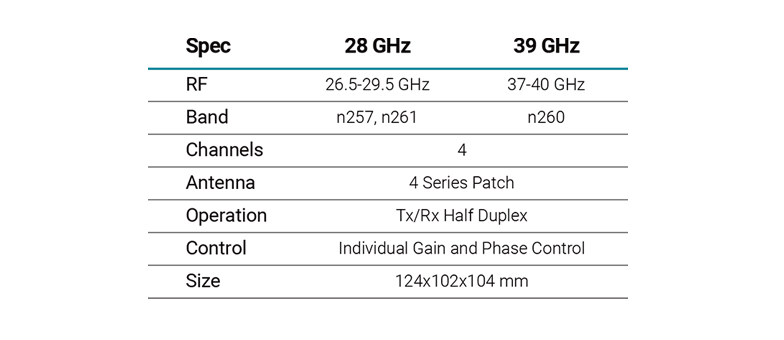
Key Features
● 5G NR mmWave Beamforming Development Kit
● Beamformer with Detachable Antenna
● Build for 5G R&D
Target Audience
Antenna / Algorithm designers - verify the design by docking antenna to BBox™ 5G protocol developers - verify the beam tracking algorithm and protocols by connecting BBox™ to the baseband instrument.
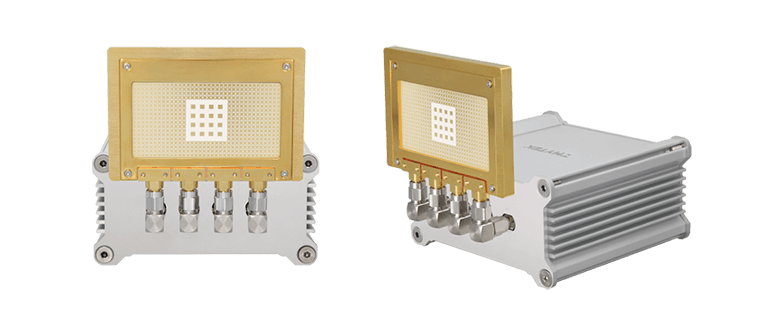 Learn more about BBox >
Learn more about BBox >UD Box
Single & Dual
5G NR mmWave Up/Down Converter
Our wideband UD Box provides great features an up/down converter requires. 24 to 44 GHz RF with 0.01 to 14 GHz IF are supported. Built-in LO, Single and Dual-channel are available.
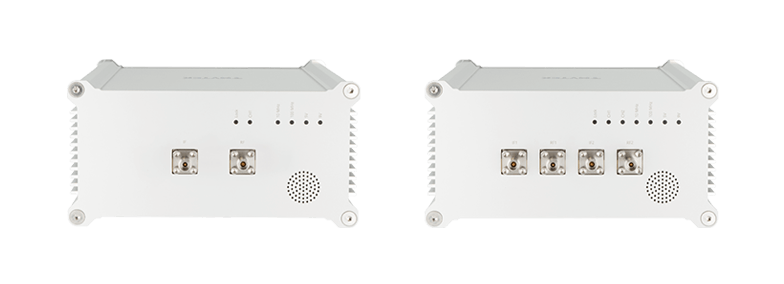 Learn more about UD Box >
Learn more about UD Box >Key Features
● Cover Most of 5G Spectrum
● Save Testing Cost
Brief Introduction
● RF: 24-44 GHz
● IF: 0.01-14 GHz
● Built-in LO with precise OCXO
● 10/100 MHz synchronization
● Band: BPFs for 5G NR n257/n258/n260
● Amplifier: 0.01-40 GHz
Target Audience
● Baseband Researcher - verify the beam tracking algorithm and protocols by connecting BBox™ and UD Box to the baseband instrument such as NI USRP.
● Telecom Carriers - can do Far Field Assessment Simulation for 5G mobile base station without spending huge amounts of budget.
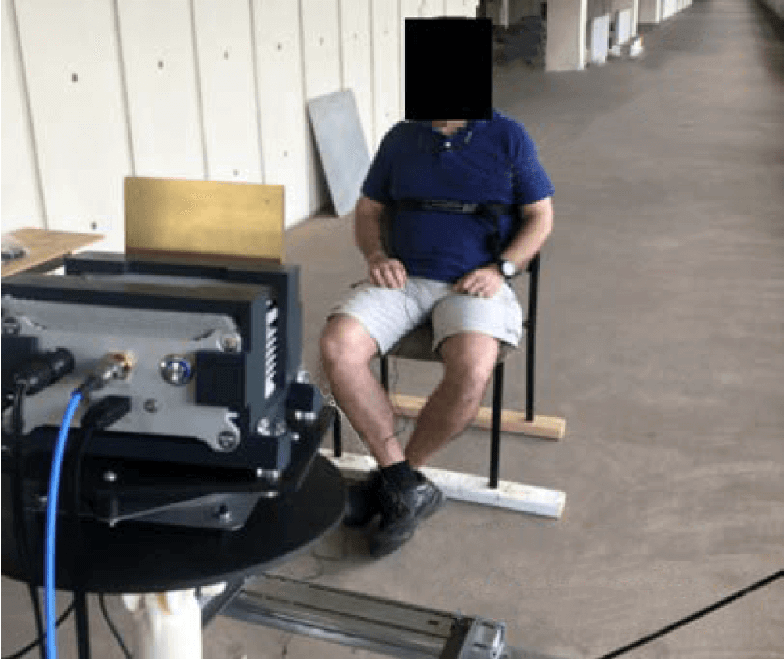
A 5G NR sensing prototype system for contactless COVID-19 test with TMYTEK mmWave system. The respiratory rate and heart rate are measured 6 feet away to determine whether the subject is infected with COVID-19. This prototype system achieves cost-effective and non-contact testing by implementing radar technology, effectively increasing the number of detections.
● Insider-Resistant Context-Based Pairing for Multimodality Sleep Apnea Test
An at-home multimodality OSA screening system with TMYTEK BBox as a radar monitoring device. Unlike the typical diagnostic procedure that requires patients to stay in the lab overnight, this at-home OSA test is more affordable and comfortable. The team also solves the possible wireless attack problems by SIENNA, an inSIder rEsistaNt coNtext-based pAiring protocol.
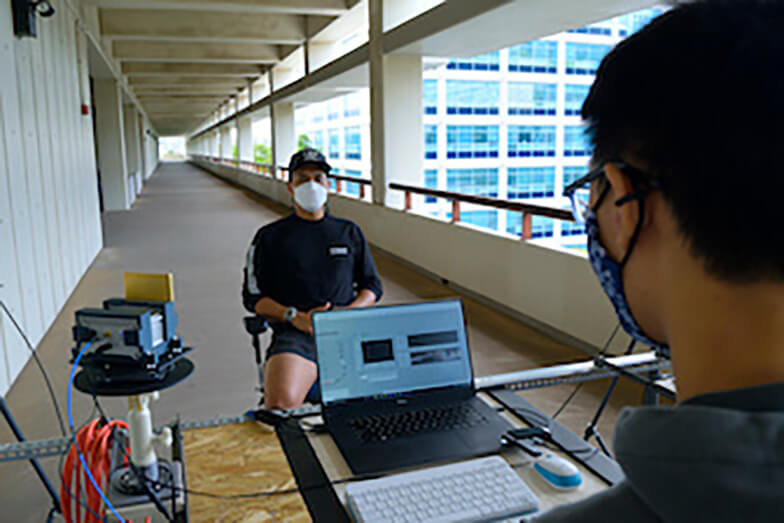
Summary
In addition to developing mmWave applications for Prof. Zheng, TMYTEK has successfully extended his research to more possibilities such as upgrading low-frequency test equipment and introducing mmWave beamforming technology. Since Wi-Fi is a common wireless communication transceiver/receiver, Prof. Zheng proposed using Wi-Fi as the signal transmitter and receiver. He made a mmWave biomedical radar by integrating Universal Software Radio Peripheral (USRP) and TMYTEK’s UD Box and BBox. The former one is a Wi-Fi TX/RX and the latter one was a mmWave front-end system. Furthermore, he evaluated the system performance with a robotic mover that simulates human breathing. The average respiratory frequency error of this radar was only 0.082%.
In addition, Prof. Zheng also uses mmWave biomedical radar as an at-home screening system for obstructive sleep apnea (OSA). Unlike the traditional diagnostic method of OSA that requires patients to put on various monitoring devices overnight in hospital, this biomedical radar can be a completely non-contact monitor. However, the at-home screening system might be vulnerable to wireless exploitation, which can be overcomed with the SIENNA algorithm also developed by his team to combat any potential wireless security threat.
References
● Victor M. Lubecke, Yao Zheng et al. Identification of COVID-19 Type Respiratory Disorders Using Channel State Analysis of Wi-Fi Communications Links IEEE EMBC, April 2021
● Stephanie Aelmore, Yao Zheng et al. InsiderResistant Context-Based Pairing (SIENNA) for Multimodality Sleep Apnea Test EEx96, Spring, 2021